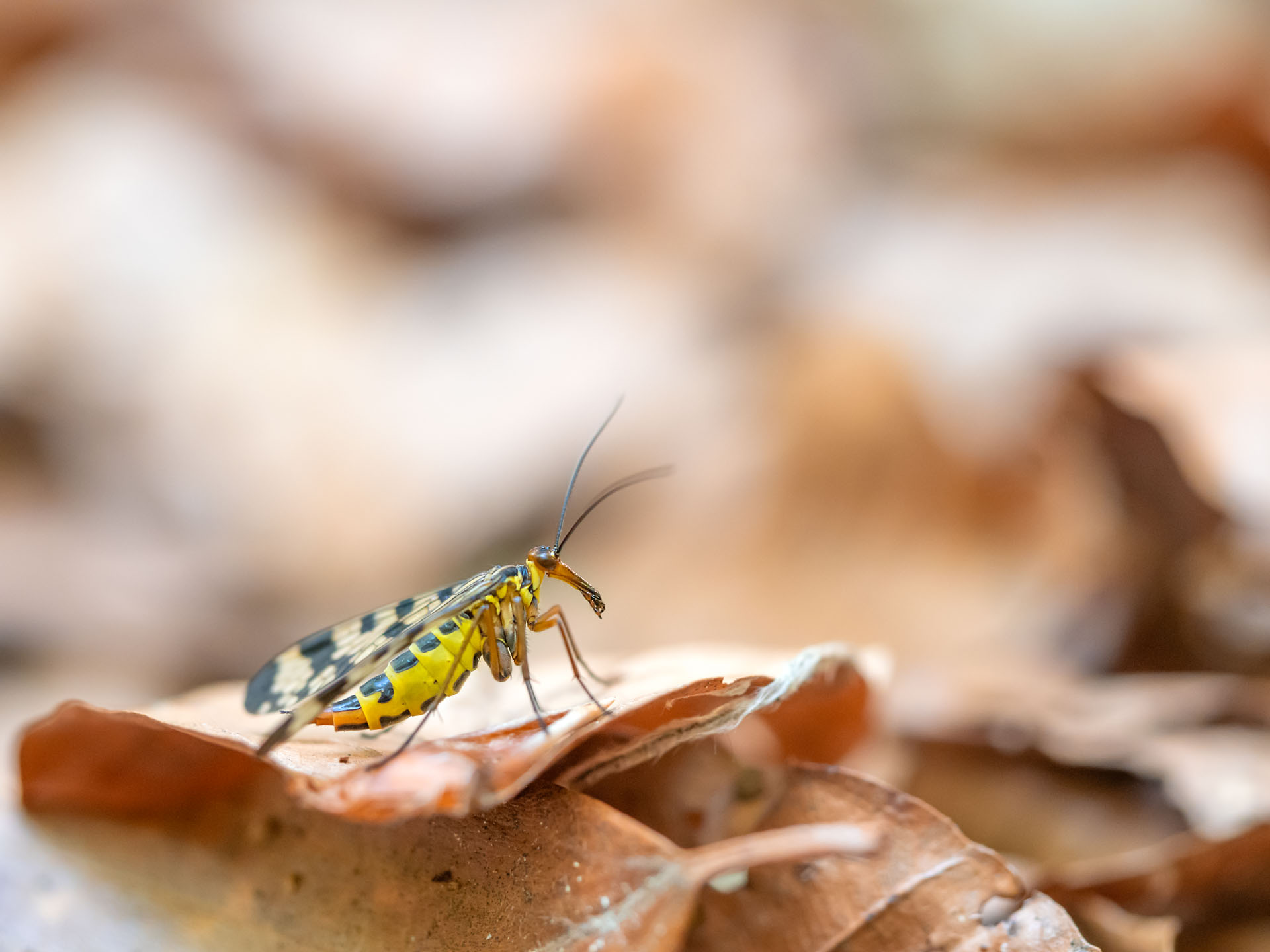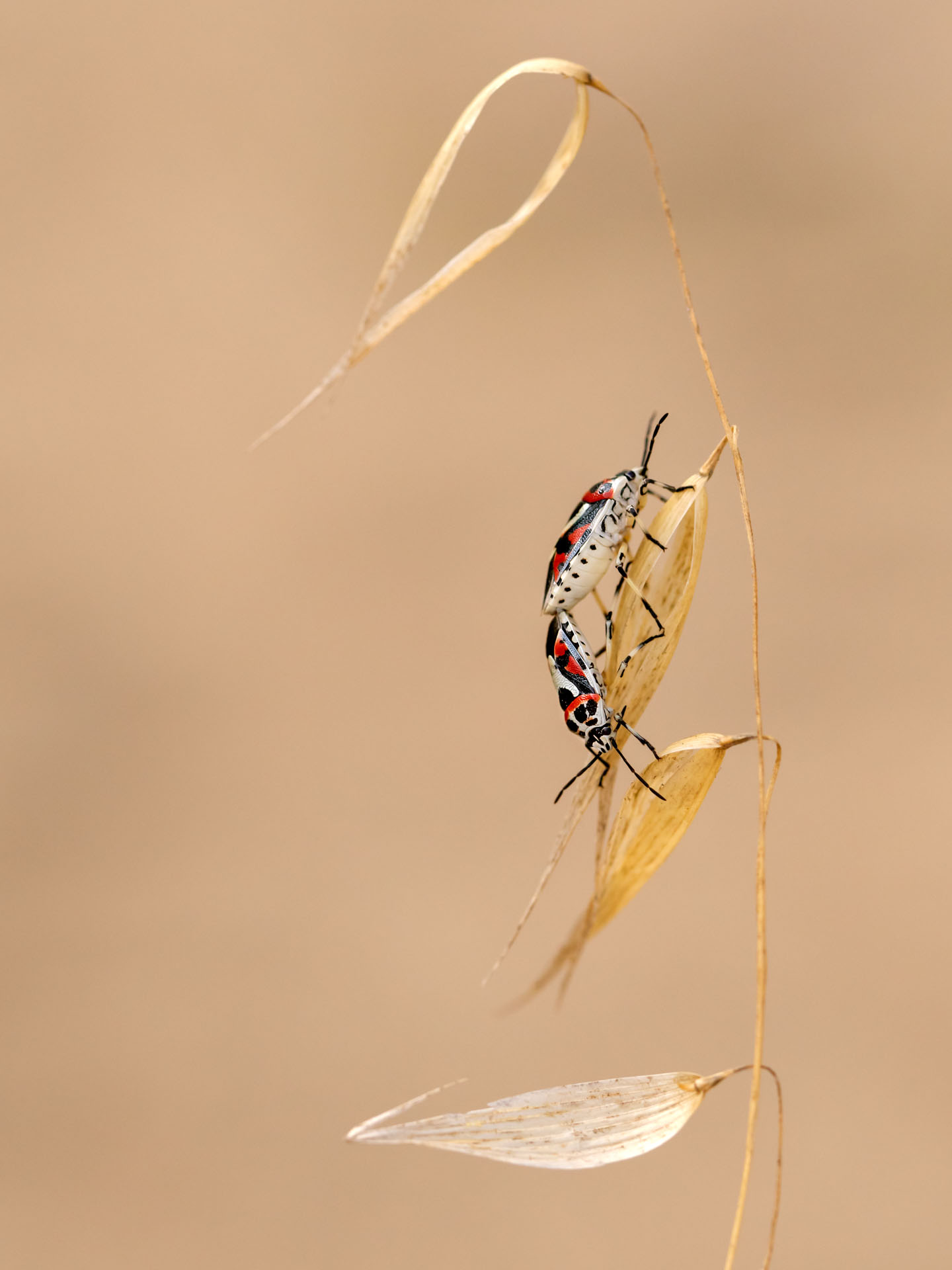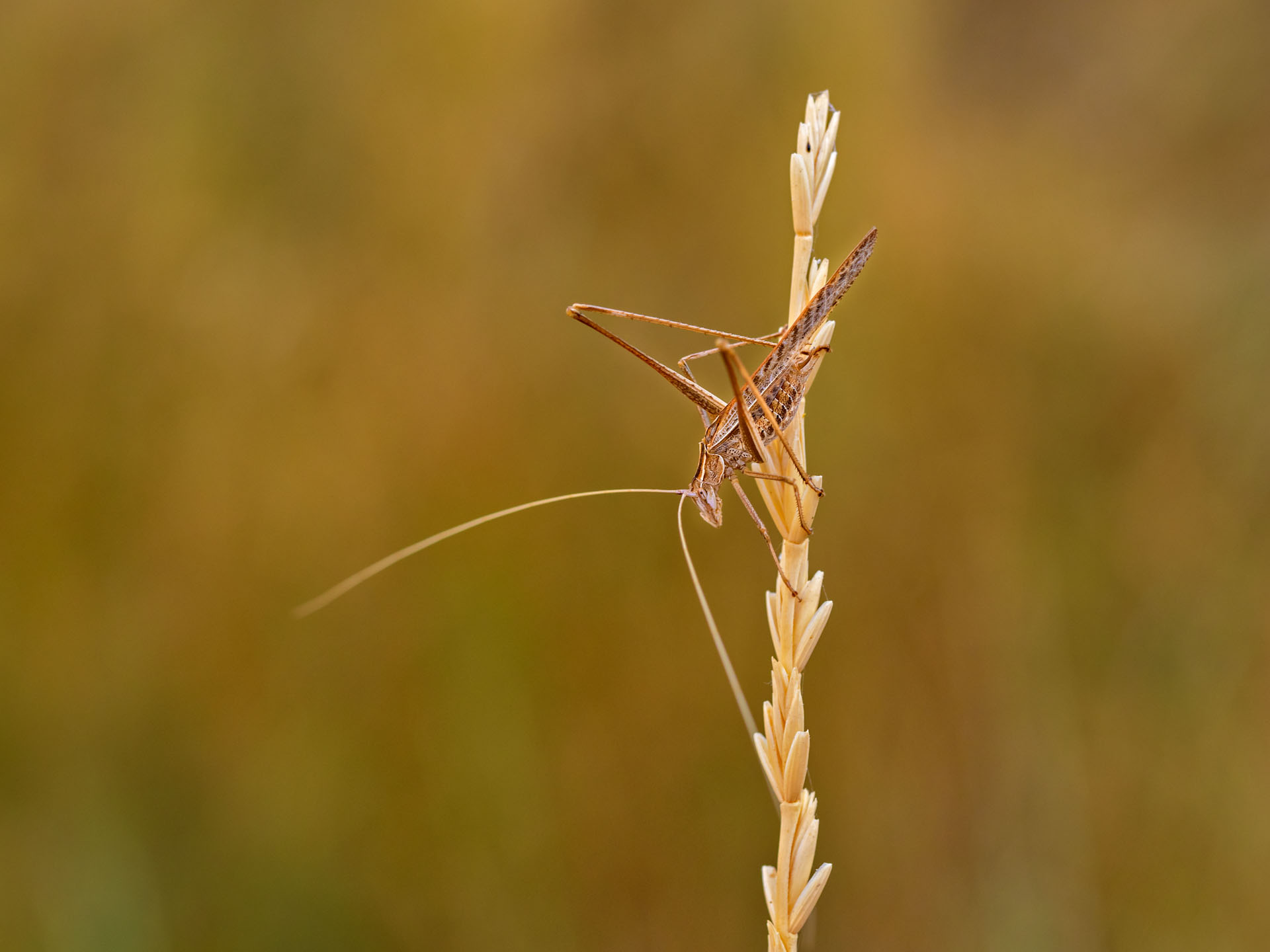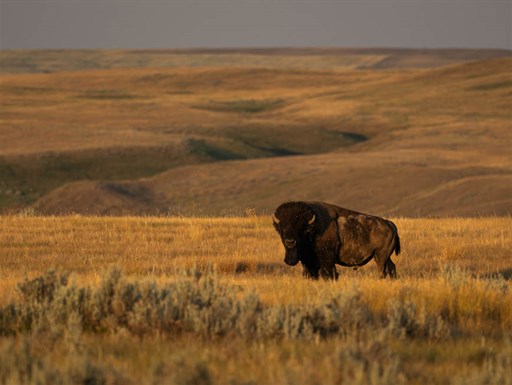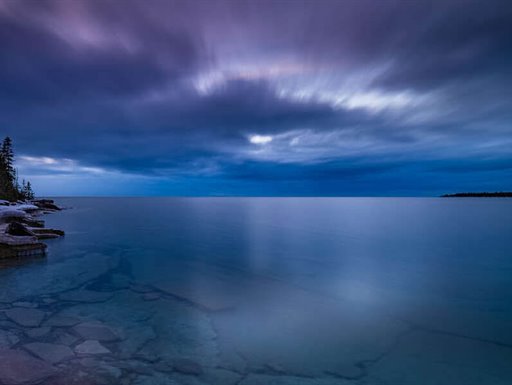Few things are needed to make a nature photographer happy: just a bright morning, a little bit of forest and a camera. That’s all you need to put a smile on his or her face that will be difficult to conceal. The search for the beauty that’s hidden around us does not need long journeys or a big budget, just love for nature and paying attention to what is happening at our feet. If you feel like it, we can go for a walk to chase light and the charm of small things.
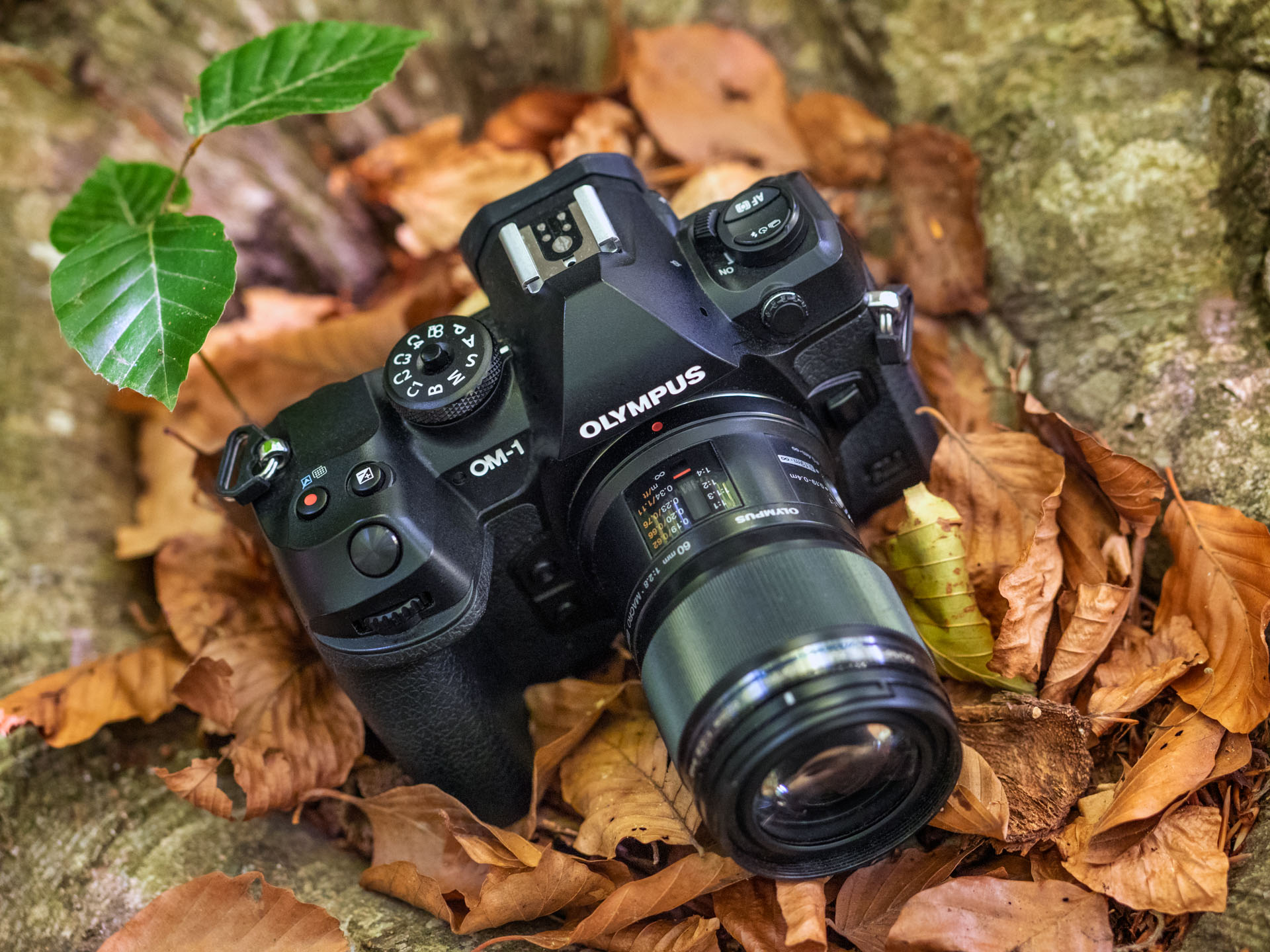
OK, I admit it. I enjoy using OM System/Olympus equipment. I think that the 3 M philosophy by the engineer Maitani that can be summarised as “the smaller and the lighter, the better” is ideal for those of us who roam for hours in nature. For example, even after many years use I'm still surprised by the effectiveness of the handheld image stabilisation mechanism, or by how little my bag weighs despite having my camera, several lenses and one flash inside. I also love the ergonomics of every camera, everything is in the right place for changing settings, even while keeping your eye on the viewfinder. To crown it all off, when I see the pictures on my computer, the quality is so high that the challenge for me is to look for beautiful images to take full advantage of it.
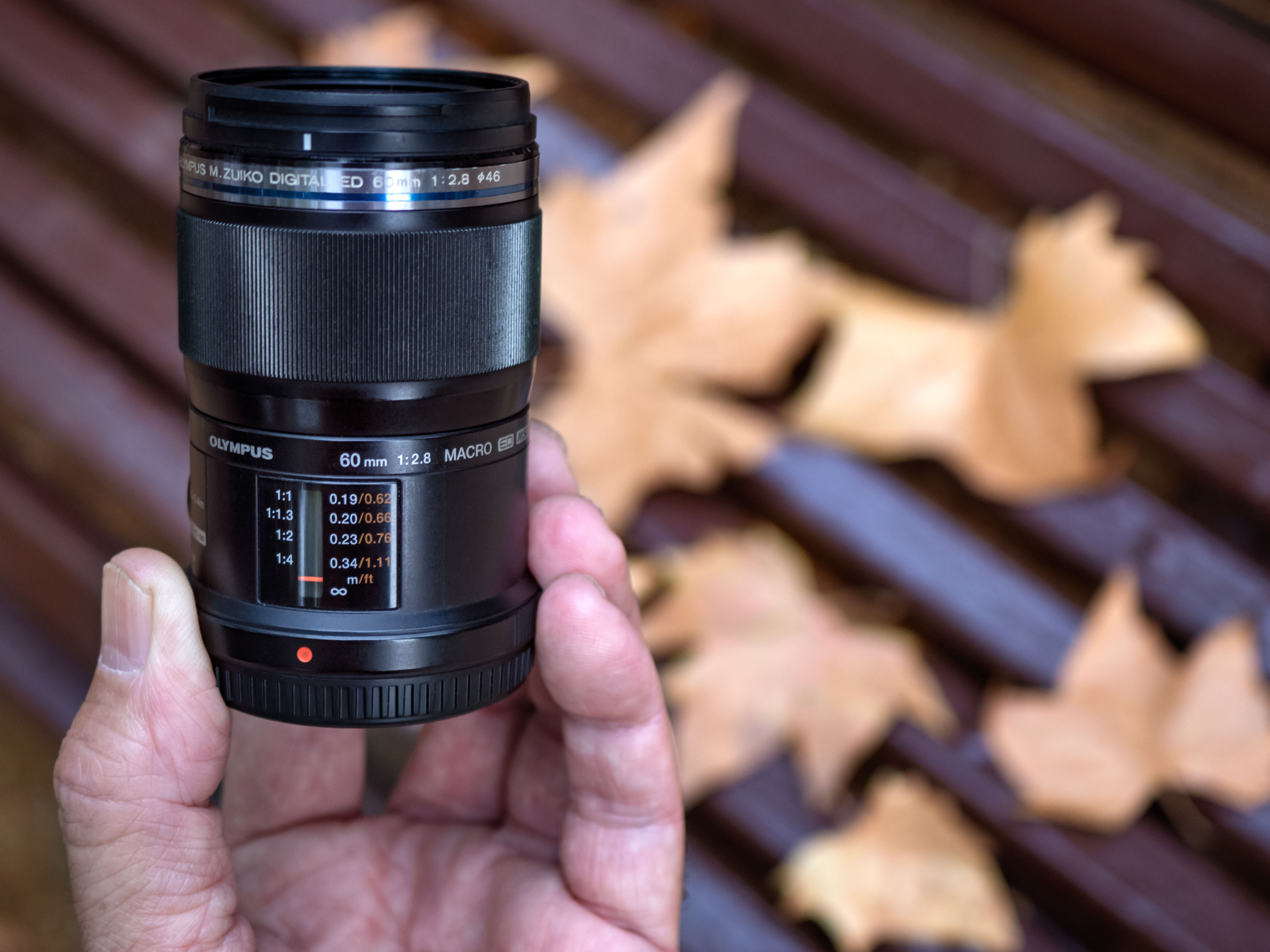
Lenses for close-up, or macro photography, are designed to faithfully magnify the smallest details. Thanks to the x2 multiplication factor of the m4/3 system and the built-in image stabilisation, among other things, Olympus lenses are the smallest, lightest and cheapest in their class. The MZuiko 30mm f:3.5 and MZuiko 60mm f:2.8 lenses are two small gems that, for me, have become indispensable tools when I take pictures outdoors.
Normally, when in nature I like to look for a point of view in which the main subject is integrated into its usual environment. I do not need much magnification in order to do this, just to look for the best camera position in order to show unaltered still lives, exactly how I find them. But sometimes I also need to get close to visually isolate the main subject from the environment. At those times I appreciate the 1:1 magnification factor of the MZuiko 60mm and the x1.25 in the MZuiko 30mm macro. This means that the image size the lens projects over the camera sensor can be the same or higher to the one of the real subject, which is wonderful and lets us get closer to the field of microscopy.
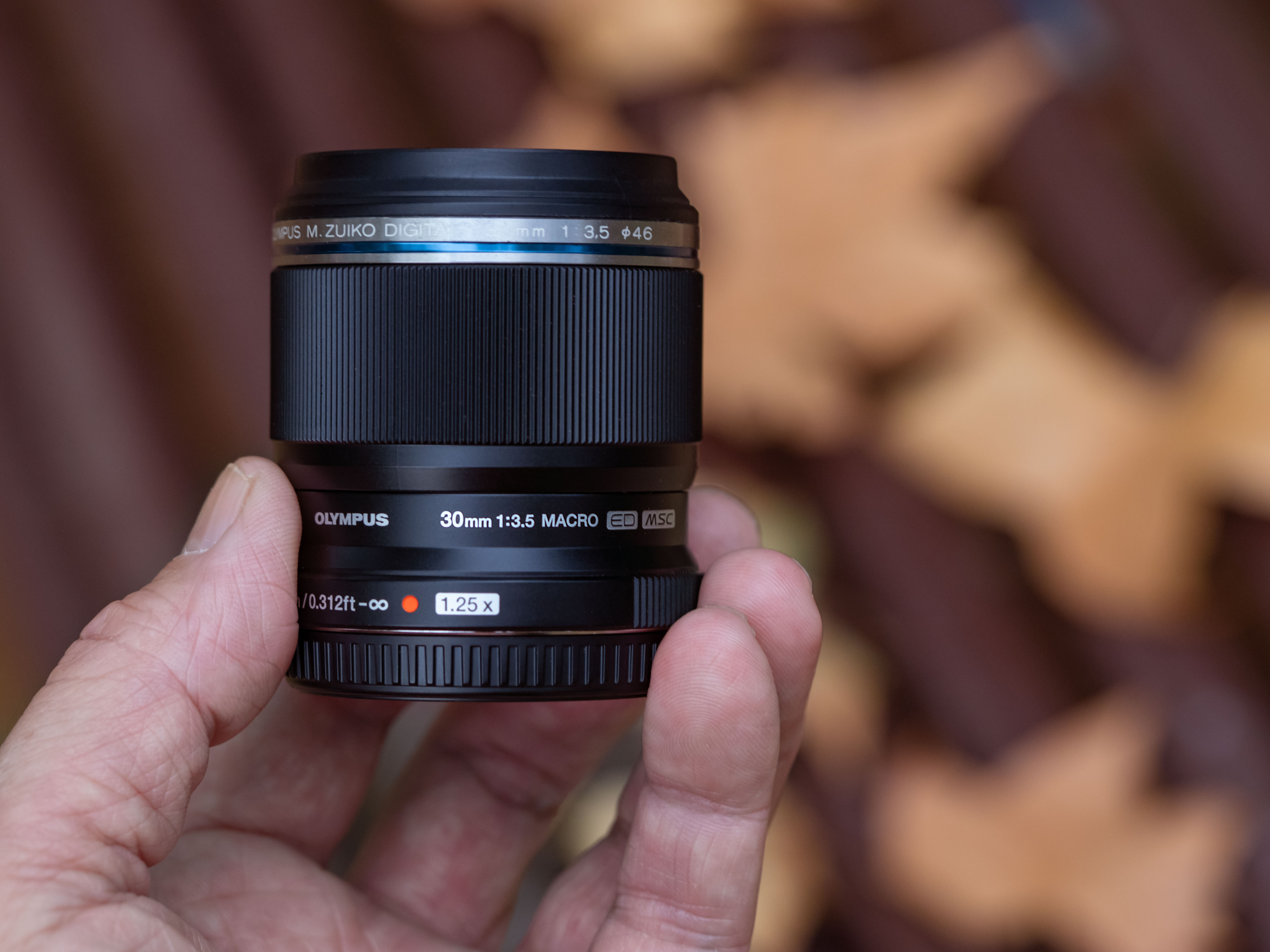
I normally use the MZuiko 30 macro lens when I take the tripod to shoot static subjects such as flowers or mushrooms. For scenes where moving animals appear, I prefer to use the MZuiko 60 macro lens because it allows me to have a longer distance between the camera and the protagonist. In addition, both lenses are also appropriate for portrait and studio still lives: their focal length, image quality, faithful details and absence of deformations make them ideal for this kind of work. They are extraordinary lenses for nature, but also excellent for a general use.Despite their small size and low price, the MZuiko 30mm macro and the MZuiko 60mm lenses take advantage of all features of the Olympus cameras, and some of them are really interesting for nature macro photography. Focus Stacking, High Res Shot, Pro-Capture and other exclusive characteristics of the cameras are compatible without exception with these macro lenses, something which will be appreciated when it comes to expanding our creativity.
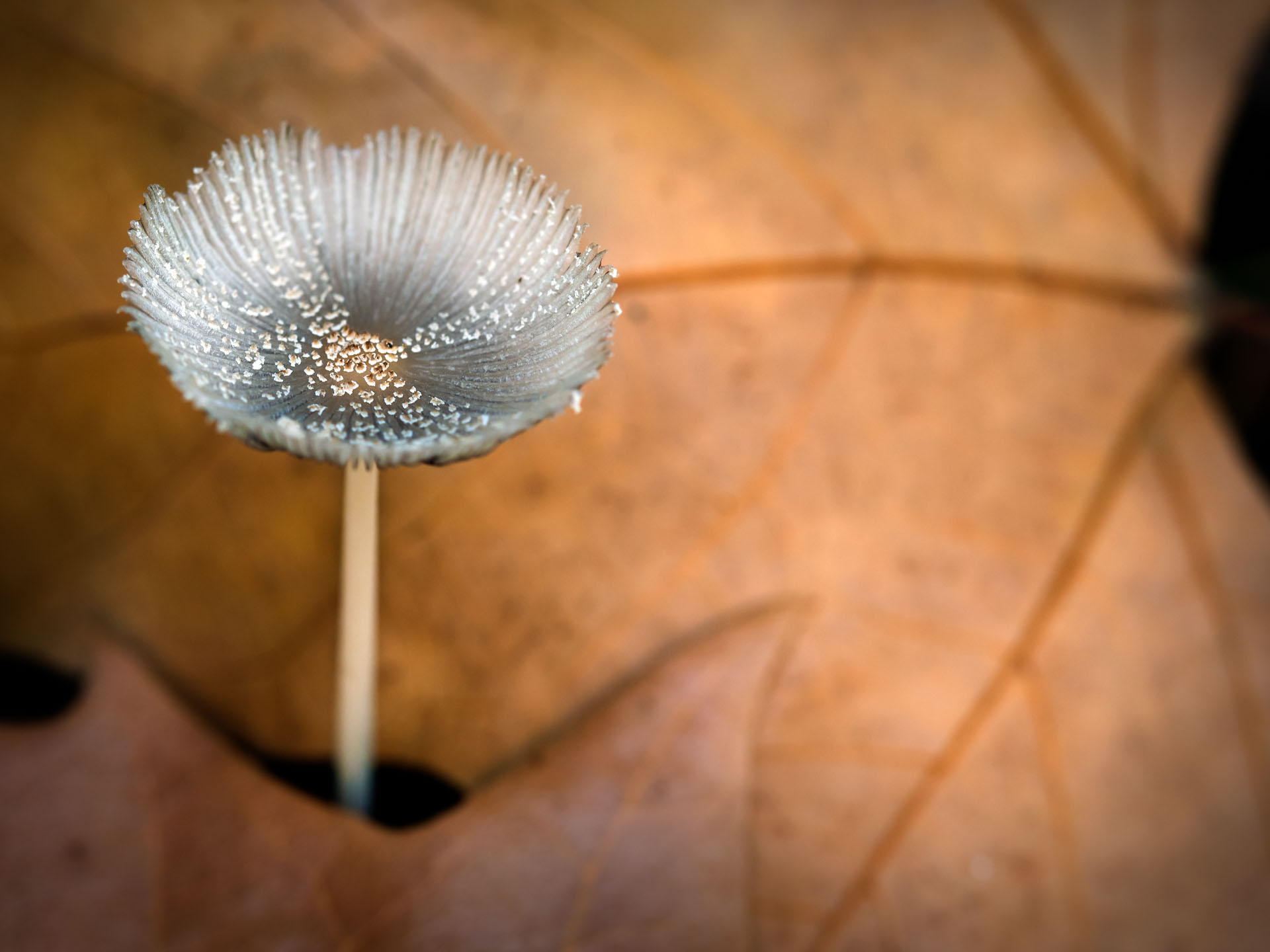
Autumn has a special light. The sun barely rises over the horizon throughout the day and it is easy to frame bright backlit images. We will easily find warm tones that will fill our images with life and melancholy. Macro lenses are perfect for catching that light when it appears, brightening little fragments of reality: a dry leaf which lights up when the sun passes through it, a backlit dragonfly which proudly shows the hypnotic drawing of its wings or the golden outline of a mushroom are only some examples of the thousand and one subjects that we will find if we are patient enough to stand by and watch.Taking photographs means writing with light, and the light offered by the autumn is ideal for drawing on the canvas of nature. It’s time to take the camera and go out to look for the beauty of small things!
